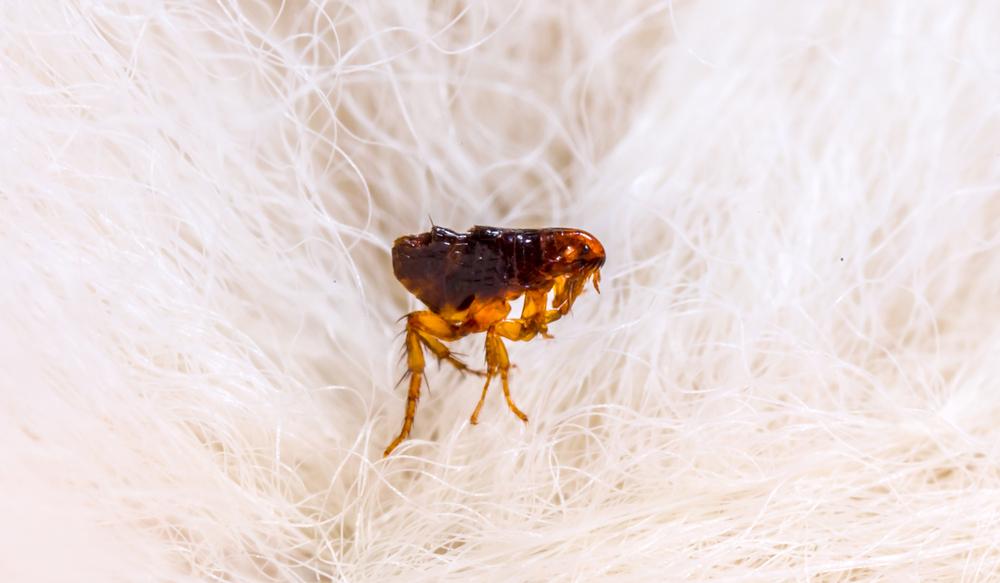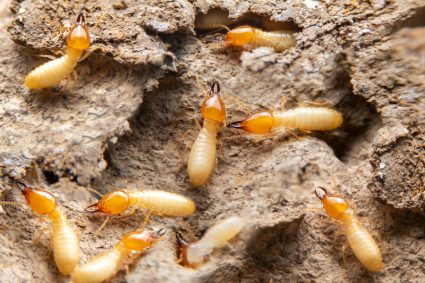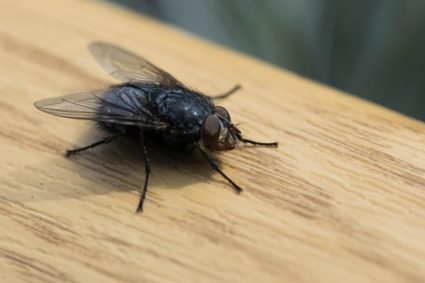
In the warmer months, many homeowners are plagued by the pervasive presence of fleas. These tiny pests can invade your yard, making their way into your home, and onto your pets. Fortunately, nature offers an eco-friendly solution to this problem. Several plants are known to repel fleas naturally, making them an effective and non-toxic method of pest control. In this comprehensive guide, we will delve into what these plants are, how they work, and how to use them safely in both your indoor and outdoor spaces.
Several plants are known to repel fleas naturally. These include Citronella, Eucalyptus, Fleawort, Lavender, Lemongrass, Marigolds, Mint, Rosemary, Rue, Sage, Sweet Bay, Tansy Ragwort, Wormwood, Thyme, Pyrethrum, Basil, Mugwort/St. John’s Wort or Wormwood, Peppermint, Turmeric, and Catnip. These plants produce certain compounds and chemicals that are unappealing or toxic to fleas. However, it’s essential to ensure these plants are safe for pets and humans before using them in your home or garden.
The Science Behind Flea-Repelling Plants
Plants repel fleas by producing certain compounds and chemicals that are unappealing or toxic to these pests. These compounds fall under different categories like repellents, deterrents, toxins, and growth regulators. They can be further grouped into nitrogen compounds/alkaloids, terpenoids, phenolics, and proteinase inhibitors.
Plants That Repel Fleas
Here are some examples of plants that effectively repel fleas:
- Citronella: This plant is renowned for its mosquito deterrent properties, but it’s also effective against fleas.
- Eucalyptus: The aroma emitted by this ornamental tree is unappealing to fleas.
- Fleawort: Also known as Pennyroyal, this plant has long been thought to repel fleas.
- Lavender: This fragrant plant is also effective at repelling fleas.
- Lemongrass: This plant repels both mosquitoes and fleas.
- Marigolds: This multifunctional flower is known to repel fleas.
- Mint: The strong smell of mint is overpowering for fleas, making it an effective repellent.
- Rosemary: This herb is highly effective at repelling fleas.
- Rue: Early physicians used to recommend a mixture of rue and water around homes to keep fleas away.
- Sage: This plant, the largest member of the mint family, is good for providing coverage over a larger area.
- Sweet Bay: This plant, a member of the laurel family, can grow fairly large for widespread flea control.
- Tansy Ragwort: Tansy has been used for years to repel fleas, lice, and scabies.
- Wormwood: This herb is believed to be a powerful repellent for fleas.
- Thyme: Thyme leaves can help repel fleas and many other pests.
- Pyrethrum: Pyrethrum plant extracts are used in shampoos, sprays, and lotions for flea repellence.
- Basil: 100% essential oil of basil leaves can be applied topically to deter fleas.
- MugWort/St. John’s Wort or Wormwood: This plant gives out camphor-like extracts that can repel fleas.
- Peppermint: Essentials oils give 100% protection against flea bites.
- Turmeric: Leaves and extracts obtained from different parts of the turmeric plant can be combined with 5% vanillin for topical application against fleas.
- Catnip: Catnips have been proven even more effective than DEET. Crush and rub some catnip on your cat’s skin to deter fleas naturally.
While these plants can help deter fleas, they are not a foolproof solution for keeping insects out of your garden, yard, and house. Regular pest control treatments are often the most comprehensive way of staying pest-free. Also, be aware of which plants are toxic. If you have pets that chew on leaves, be very cautious about where you put these.
Indoor and Outdoor Use of These Plants
The safety of these plants for both indoor and outdoor use depends on various factors, including the species of the plant and the presence of pets or children who might ingest them. Some plants are safe for both indoor and outdoor use, while others can be toxic if ingested or even touched. It’s crucial to research each plant’s safety before bringing it into a home or garden, especially if pets or small children are present.
Potential Harm to Pets or Humans
Certain plants can indeed be harmful to pets and humans if ingested or touched. Examples include Alocasia, Aloe, Anthurium, Asparagus Fern, Bay Laurel, Begonia, Chinese Evergreen, Clivia, Corn Plant, Cyclamen, Desert Rose, Dieffenbachia, English Ivy, Easter Lily, Peace Lily, Devil’s Ivy, Caladium, Sago Palm, Calla Lily, English Ivy, Snake Plant, Dieffenbachia, Philodendron, Arrowhead, Pothos, Peace Lily, ZZ Plant, Sago Palm, Jade Plant, Lilies, Caladium, Asparagus Fern, Pothos, Peace Lily, and Philodendron.
If you see any unusual behaviors in your pet after they’ve nibbled on your plants, contact your vet immediately. Or you can contact the ASPCA Animal Poison Control Center for emergencies 24/7 and 365 days a year. If you suspect that a child has been poisoned by eating or touching a houseplant, call your doctor or go to an emergency room.
In conclusion, while many plants are known for their flea-repelling properties, it’s essential to ensure their safety for both pets and humans before bringing them into your home or garden. Regular pest control treatments are often the most effective way of keeping your home flea-free. However, these plants can serve as an additional line of defense and add beauty to your space.
Frequently Asked Questions
How do I use these plants to repel fleas?
Most of these plants repel fleas just by being present in your garden or home. The aroma they emit is enough to deter the pests. For some, like catnip, you can crush and rub the leaves on your pet’s skin.
Do I need to use all these plants to effectively repel fleas?
No, you do not need to use all these plants. You can choose a few based on your preferences and the safety of your pets and children.
Can I use these plants instead of regular pest control treatments?
While these plants can help deter fleas, they cannot completely replace regular pest control treatments. They should be used as an additional measure rather than a sole solution.
Are all these plants safe for my pets?
Not all these plants are safe for pets. Certain plants can be toxic if ingested or touched. It’s crucial to research each plant’s safety before bringing it into a home or garden, especially if pets are present.
Can these plants repel other pests as well?
Yes, many of these plants can also repel other pests. For example, citronella is known to repel mosquitoes, and mint can deter a variety of pests due to its strong aroma.











